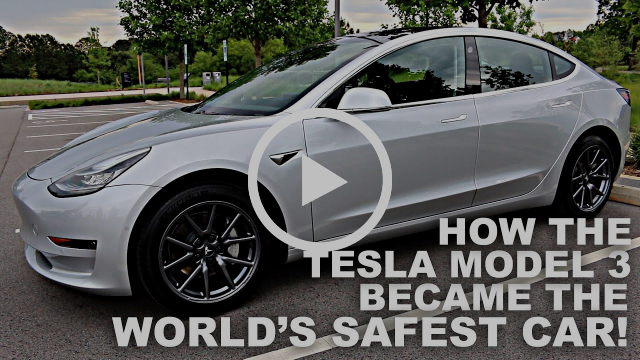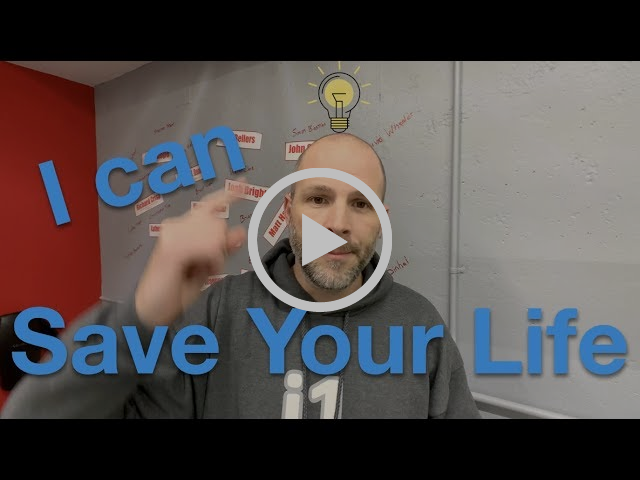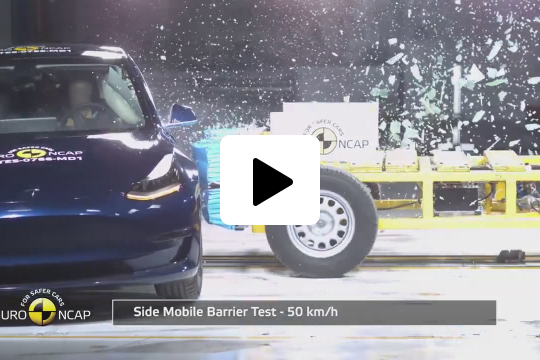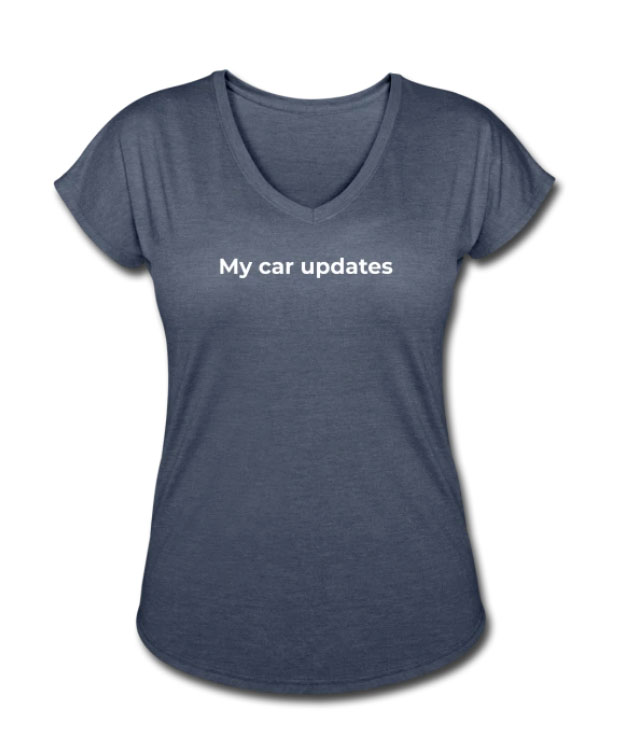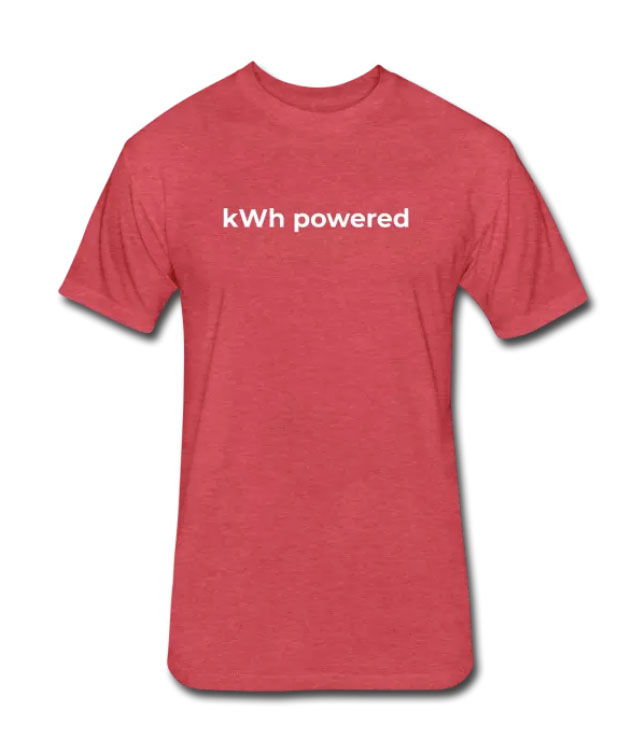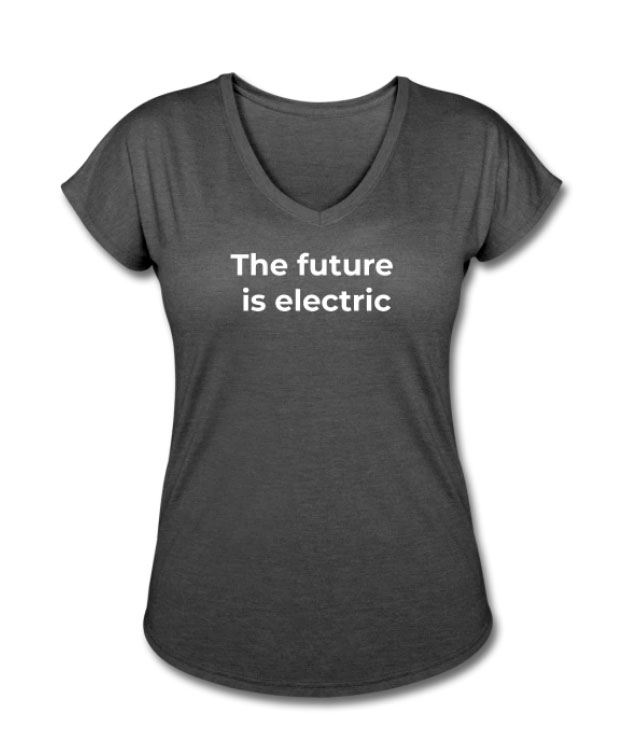Safety
Blog posts related to Safety
What’s in Tesla’s software update 2020.24.6
As of June 22, 2020, Tesla has started rolling out a new software update, 2020.24.6, which introduces a new cabin camera and green lights follow to all Teslas (not Early Access only anymore). See the release notes and read more about 2020.24.6 here.
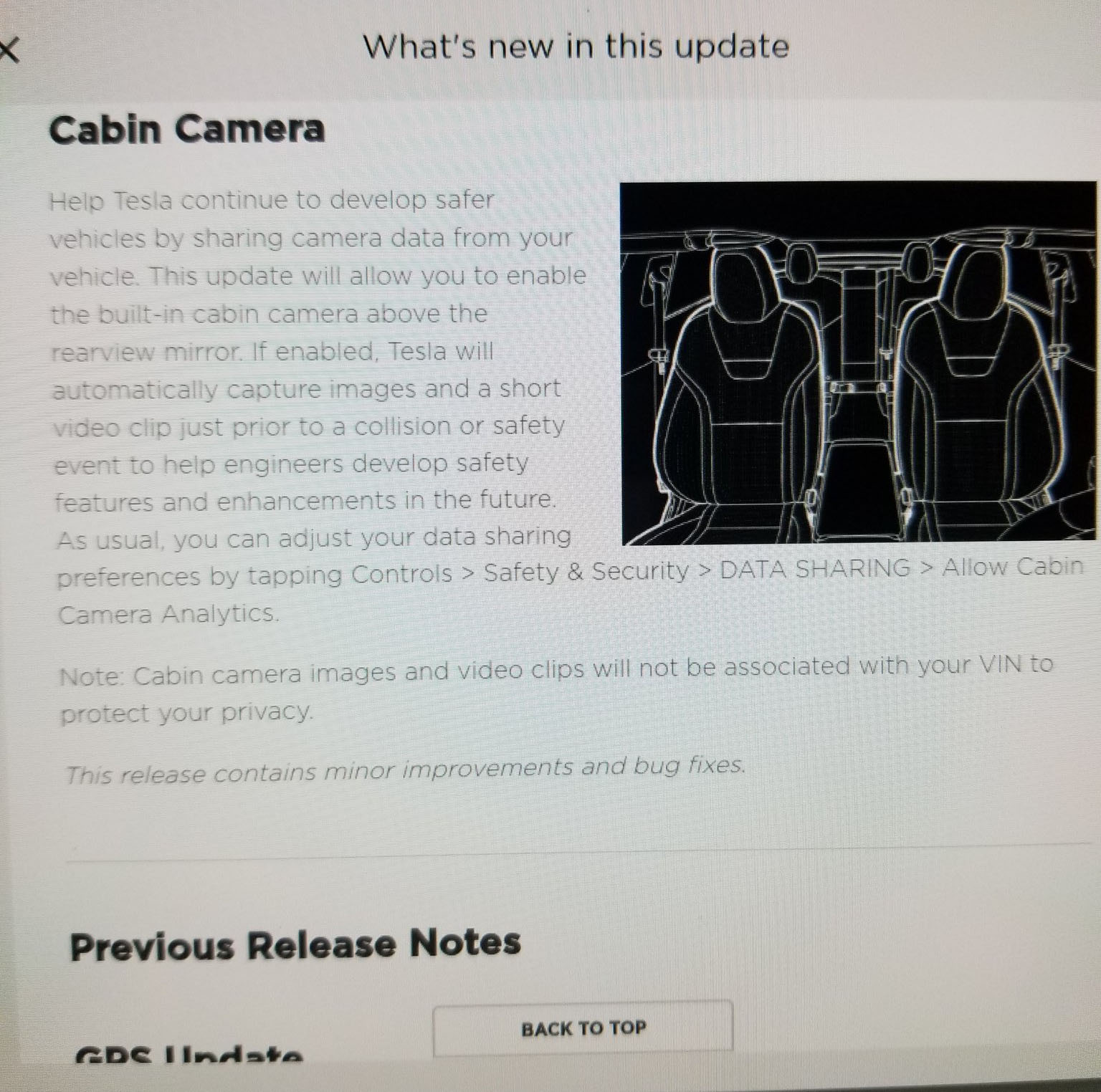
Videos about Safety
Past Tesletter articles
2023.20 Software Update includes Tesla tire safety
We’ve mentioned this feature before, but now it’s finally here. Starting with version 2023.20, Tesla will now alert you when it believes it’s time to rotate or replace your tires. When your tires have been rotated or replaced, head to Controls > Service to reset the counter.
From issue #270Are Tesla cars safer than ICE cars?
According to Doctor_McKay ’s estimations (thanks for sharing!) Tesla cars are actually safer than ICE cars. It’s nice to see this hypothesis backed with real data, check out the numbers.
Read more: Reddit
From issue #8Beta expanding to safety scores above 80
If you have a safety score above 80 and more than 100 miles in the last 30 days, you should have gotten the latest version of FSD by now. If this is like previous rollouts, you needed to have those by the time they extended the release. If you didn’t have those two, chances are that in a new release you will be included.
From issue #234Built for safety
Tesla’s are so safe that I have a hard time imagining my family in any other car. After all, Tesla is well known for building their vehicles around safety, not an overall five star rating but five stars in each category. They just published a site to explain the world how they think about it, cool stuff!
From issue #156Crash simulation
We know that Tesla’s top priority is the safety of its cars. Tesla recently tweeted a video about their crash simulation and how their analysis engineers simulate hundreds of impact scenarios even before ever crashing a prototype in the lab.
From issue #242Extending the FSD Beta program using the safety rating
As we said above, Tesla released the safety score almost a week ago. Elon tweeted this week that they will start adding around 1,000 people/day to the FSD Beta and they will start with the ones with the highest scores.
From issue #183Folks not paying attention are getting warnings and will be kicked out of FSD Beta if it repeats
Tesla is taking seriously enforcing people paying attention to the road when using FSD Beta and seems to be sending warning emails to folks who aren’t paying enough attention to the nags.
From issue #187Guide to a perfect Safety Score for the FSD Beta queue
Here is a detailed guide about how the Safety Score works. Take a look if you are trying to get the FSD Beta or to obtain a cheaper quote from Tesla Insurance.
From issue #218How the Model Y outperforms the Model 3 on IIHS crash tests
It is well known that Tesla focuses on safety. Could Tesla create an even safer car? Apparently yes. See it with your eyes. Disclaimer: Many cars were hurt in this video.
From issue #196How the Tesla Model 3 became the world's safest car
Great compilation of the reasons why the Model 3 has become the world’s safest car. Really informative and well put together Cameron.
From issue #63i1Tesla creates emergency rear door release
Although Elon confirmed this week that in case of an accident all doors unlock automatically, this is probably pretty handy as well.
From issue #44Impact Report: Tesla compares vehicle fires between its fleet and the US average
As a Tesla owner, I’m tired of keep seeing random people on the internet pointing out how likely is a Tesla to catch fire. This is mainly driven by the media covering every single time a Tesla catches fire, but not when it happens to cars of other brands. In this data published by Tesla, we can see that Tesla’s (and EVs in general) are 10 times less likely to catch fire. I love data 🤓
From issue #178Interested in knowing more about your Safety Score?
If you are, the well-known Stats for Tesla App gives you a nice view, including how many miles do you have to drive with a perfect score to go to the next score as well as how to reach 100. Oh, they are also tracking how many people got into FSD Beta, take a look!
From issue #187Lars explains Tesla vehicle safety
In this video, Lars Moravy, VP of Vehicle Engineering at Tesla, explains why Tesla vehicles provide a very low probability of rollover risk and occupant injury. Key features include energy-absorbing structures like the bumper, crush can, and front underbody casting, which help distribute impact energy across multiple load paths. The battery’s positioning lowers the center of gravity, reducing rollover risks, while backup structures such as door rings, glass, and battery support provide additional protection.
From issue #261Model 3 earns 5 star safety rating from Euro NCAP
The Tesla Model 3 just achieved one of the highest Safety Assist scores the Euro NCAP has seen to date. I have to warn you that this video can hurt sensibilities (a bunch of Model 3s were harmed during these tests). IMHO the most impressive part is after minute 2, where it shows how the car avoids colisions. As Elon said, “the best crash safety system is not crashing in the first place”.
From issue #66Model S & Model Y received the highest overall safety scores among every vehicle tested by Euro NCAP in 2022
It’s well known that safety is of paramount importance in Tesla’s design philosophy. This week, the company announced that it has received the highest overall safety scores from Euro NCAP for the Model S and Model Y. Specifically, the Model S and Model Y achieved scores of 92%, significantly outpacing their closest competitors, which scored 89%.
From issue #250Model S Receives 5-Star Euro NCAP Safety Rating
The Tesla Model S was, in 2014, one of the first few vehicles to achieve a 5-star Euro NCAP rating and 5 stars in every NHTSA category. The latest Model S, received a 5-star safety rating and the highest overall score from Euro NCAP among any vehicle tested under the current protocol again. You can read a more detailed list of the scores in the article.
From issue #243More advanced safety features for Tesla owners
Tesla started releasing Lane Departure Avoidance and Emergency Lane Departure Avoidance with the new 2019.16 firmware. It is great to see Tesla getting better and better on safety issues. All owners with the hardware necessary (probably HW2 and after) will get these features since safety features don’t require you to have purchased AP or FSD.
Read more: Tesla
From issue #58Safety Score 1.2 and Late Night Driving
Tesla is launching a new version of their Safety Score, what they are calling Safety Score 1.2, and as part of it there is a new category called Late Night Driving, now driving between 10 pm and 4 am will also affect your safety score and, in some states, determine the cost of your Tesla Insurance.
From issue #243Safety Score V2 is here
While some details of the Safety Score v2 were previously known, we now have a screenshot directly from the app showing some new factors taken into account:
- Excessive Speeding: This measures the proportion of the trip during which the speed exceeded 85 mph.
- Late Night Driving: This counts driving done between 10 pm and 4 am.
- Unbuckled Driving: This only takes into account instances when the car exceeds 10 mph.
Tesla crash lab
Tesla published a first look at their crash lab, clearly a state of the art installation given all the ratings their cars have. Thanks Tesla for showing it to us!
Tesla revises impact of late-night driving on Safety Score
Tesla’s Safety Score has undergone revision in its latest update, Version 2.1, specifically altering how late-night driving between 11 PM and 4 AM affects a driver’s score. In the recent change, late-night driving is weighted differently depending on the hour, with 2 AM driving having a more significant impact than 11 PM.
From issue #310Tesla seeks approval for a sensor that could detect child left in hot cars
Tesla wants permission to use unlicensed millimeter-wave sensors that would operate at higher power levels than allowed under existing rules. Tesla added it “can differentiate between a child and an object left on the seat, reducing the likelihood of false alarms” and can detect “micromovements like breathing patterns and heart rates, neither of which can be captured by cameras or in-seat sensors alone.” It’s worth mentioning that Tesla already comes with the cabin overheat protection, which would make it a bit less dangerous in case you accidentally left a child in the car (I hope you don’t!). With the system described in the article, it would be even better!
From issue #126Tesla Vehicle Safety Report
The safest car is the one that doesn’t get in an accident in the first place and Tesla’s Autopilot keep gotten better and better:
- Q4 2018 - 2.94 million miles per accident
- Q4 2019 - 3.07 million miles per accident
- Q4 2020 - 3.45 million miles per accident
Tesla’s Model Y is the company’s latest five-star safety rated car
Another Tesla, another car that gets a five-star rating in the safety tests. Tesla has always put vehicle safety front and center while designing their vehicles. The safest car is the one that doesn’t get in an accident in the first place, and Tesla has shown repeatedly how their vehicles are not only the best at protecting the passengers during accidents but also at preventing them in the first place. I don’t know about you, but I want my family on the safest vehicle while we are on the road.
Warning: this link contains graphic images of Model Ys been hurt!
From issue #146Turning biodefense mode from the app?
John from TOSV asked and Elon confirmed. In the future, it would be great if Tesla turns it on automatically based on the quality of the air. Honestly, with all these wildfires, I’m waiting for Tesla to release the retrofit to the Model Y.
From issue #179
